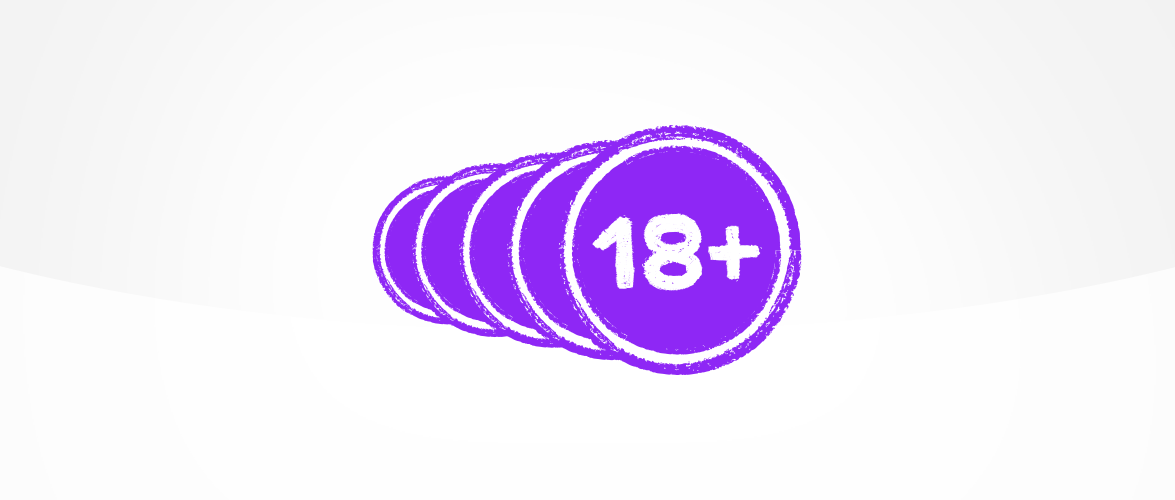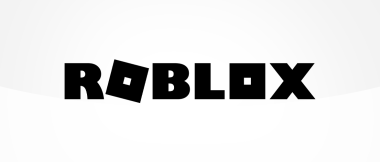Age ratings
Age ratings are designed to help users find suitable and appropriate online content and platforms. They can also be hard to understand, especially when they are not always consistent.
So what are the really important things to know?
![]()
Why age ratings matter
Age ratings are used across different types of online content and platforms to guide on what is suitable for different ages. Most popular content and platforms – from the films and TV shows you stream, to the games you play and the social media you use – will have an age rating. But things aren't always as simple as you might hope.
Online platforms can be rated differently – depending on where you look. Ironically, this can make things harder when having conversations with a child or young person about what may be suitable for them, and at what age.
While age ratings flag when a user may be suited to specific platforms or content, they don’t necessarily reflect what may actually be safe or appropriate – including certain risks and harms that are not so obvious.
Why can age ratings differ?
The same games or online platforms often have different ratings on different online spaces or devices. This is because there are different regulatory organisations rating them. It will usually depend on where in the world you are looking.
In the UK, Apple’s App Store uses the IARC (International Age Rating Coalition) system as guidance to rate games (like Minecraft, 9+) or social media apps (like Instagram, 12+). In some circumstances, recommended age ratings on the App Store can differ from what the platforms themselves officially permit. Instagram, for example, does not allow any users to be under the age of 13 (more below).
Likewise, on Xbox or Google Play Store, which use the PEGI (Pan European Gaming Information) system, Minecraft is rated as suitable for 7+ while Instagram is rated as ‘parental guidance’. In other territories, however, the age ratings can differ again. So far, so confusing.
Online games
PEGI is the standardised way of providing games with an age rating in the UK and Europe. Here, it is a legal requirement for a game to have a PEGI rating. But note: the age rating provided by PEGI is a recommendation; children under 18, for example, can’t legally buy an 18+ game, but it is not illegal to play.
PEGI has five different ratings; 3+, 7+, 12+, 16+ and 18+. Read more about these in our PEGI parent guide. Ratings are assigned based on several factors: including depictions of violence, sex, swearing, discrimination, drugs, gambling – as well as in-game purchases.
So while the App store, which uses the IARC system, may rate a game as 9+ (‘unsuited to children under 9’), platforms that use the PEGI system may rate the same game 7+ ('unsuitable for younger children’).
Ultimately, the games you let your child use should be a decision which you make, based on what you understand of the game’s content and functionalities.
App stores, social media and online platforms
You can find age ratings for social media and other online platforms in App and Play Stores – but, as mentioned, these can often differ from the platform’s community guidelines. So why do they contradict each other?
Most social media platforms (e.g. TikTok, Snapchat, Instagram) state their age rating as 13+. This is because US data laws dictate that below this age, children must have a parent’s or guardian’s permission to sign up. It has less to do with content.
On the Google Play store, most social media apps are rated ‘Parental Guidance Recommended’ by PEGI. This symbol comes up as an exclamation mark. This rating recommends that parents carefully consider whether these apps are suitable for children under 18.
In the Apple store, most social media apps are rated 12+ – but this doesn’t always apply.
Twitter, Discord and Twitch are all rated 17+, despite having a 13+ age rating in their own community guidelines. Twitter, for example, is rated 17+ because, as the App store descriptor says, it may include 'profanity, crude humour, mild sexual content', and more. Note that on the Google Play store, Twitter is rated just as ‘Parental Guidance Recommended’.
Whether a parent feels that Snapchat is more or less suitable for their child than Twitter is something that, ultimately, parents should decide for themselves.
Data
The Children's Code came into effect in September 2021 – requiring all online platforms that could be accessed by UK under-18s to legally follow several key data principles preventing them from negatively impacting children’s privacy.
This includes accounts for under-16s that must now be set to ‘private’ by default, have geo-location disabled, and all privacy-related information presented in a way that children can understand. You can find out more here, including how to make a data complaint about an online platform.
Listen to Parent Zone's podcast, Tech Shock.
Look beyond the age rating
Age ratings do act as a useful guide – especially when it comes to explaining boundaries or supporting conversations with a child about what may or may not be suitable.
But parents should always try to find out more about an online platform – including its content, functionalities or other social aspects – to make a more informed decision. There are several aspects to consider…
Pressure to spend
PEGI has two major failings given the current climate of gaming. First, its coverage of in-game purchases doesn’t take into account some issues that microtransactions in games can cause.
These include loot boxes – virtual chests players pay real money to open, rewarding them with in-game items. With a loot box, you don’t necessarily know what you’re going to get. This can lead to children continually spending in the hope of eventually getting what they want. Research has shown that loot boxes can promote gambling-like behaviour.
It also fails to take into account the pressure to spend online that children and young people can feel from their peers or from watching professional streamers – especially in online games.
Functionality
Age ratings don’t always reflect the evolving nature of online platforms – and the effects of functionalities on children and young people.
For example, Roblox is a gaming platform aimed at – although not exclusively for – younger users. But despite being rated 7+ by PEGI (‘possibly frightening for younger children’) the user-generated games within can have many similar functionalities to social media.
This includes chat forums, in-game chat, friending and trading with other users – as well as in-game purchases and loot boxes.
These can create social situations that are risky or harmful for younger and even older children – especially when parents are not aware of these functionalities. Note: the Play Store rates Roblox as 10+ and the App Store as 12+.
Media literacy
When considering online social media and games and age ratings, it helps to think about content and functionality in relation to a child’s media literacy.
Children and young people will be differently equipped to cope with environments affected by seemingly simple functionalities (for example the ‘like button’).
Children need the social-emotional and media literacy skills to understand more mature/complex content – as well as potentially disinformation, influencer marketing and ‘perfect-life’ depictions. These can, for instance influence their world views, pressurise them into spending, or contribute to mental health issues.
It’s not easy to understand the complexities of different online social spaces – either for children or adults. The best place to start is to look beyond the age ratings, and try to understand the platforms a child wants or uses. This could be either by exploring it, talking to other parents, or talking to the child about how they use it.
What else should I know?
When it comes to differing age ratings, every child is different. An app or game that could be suitable for one young person may not be suitable for another. Children develop at different rates, which is important when thinking if a platform or game will be appropriate.
It is, however, equally important that children have the opportunity to explore, learn about online spaces and relationships, and – on occasion – have negative experiences or make mistakes. This is all about fostering their digital resilience – and learning the skills to manage their online spaces and experiences.
Whatever app, game, or platform your child wants to use, it's important to both understand why they want to use it in the first place, and to offer guidance and support if they do begin using it. Listen without judgement if they ever experience anything that makes them feel uncomfortable – and help them find solutions if there is a problem.
In the end, age ratings can help, but usually your parental instincts are the best guide of all.
Spot something that doesn't look quite right? You can email librarian@parentzone.org.uk to submit comments and feedback.
This article was last updated on 01/12/22.



